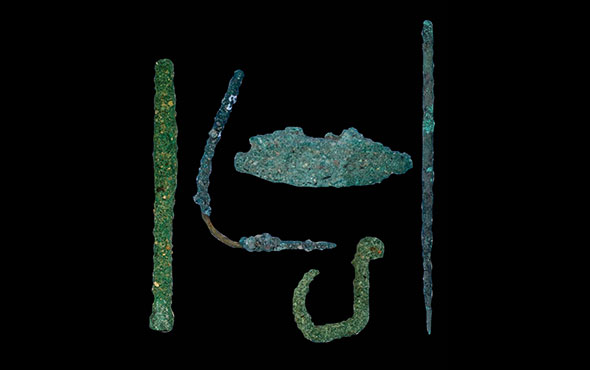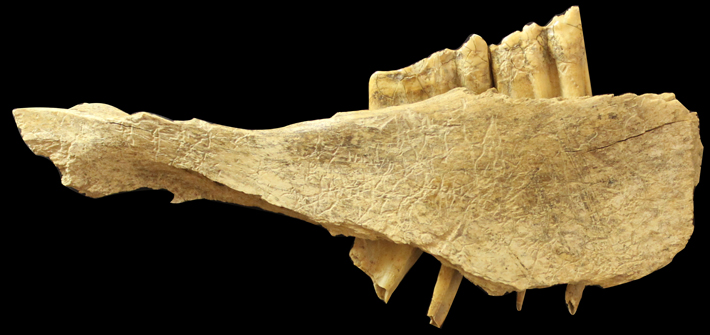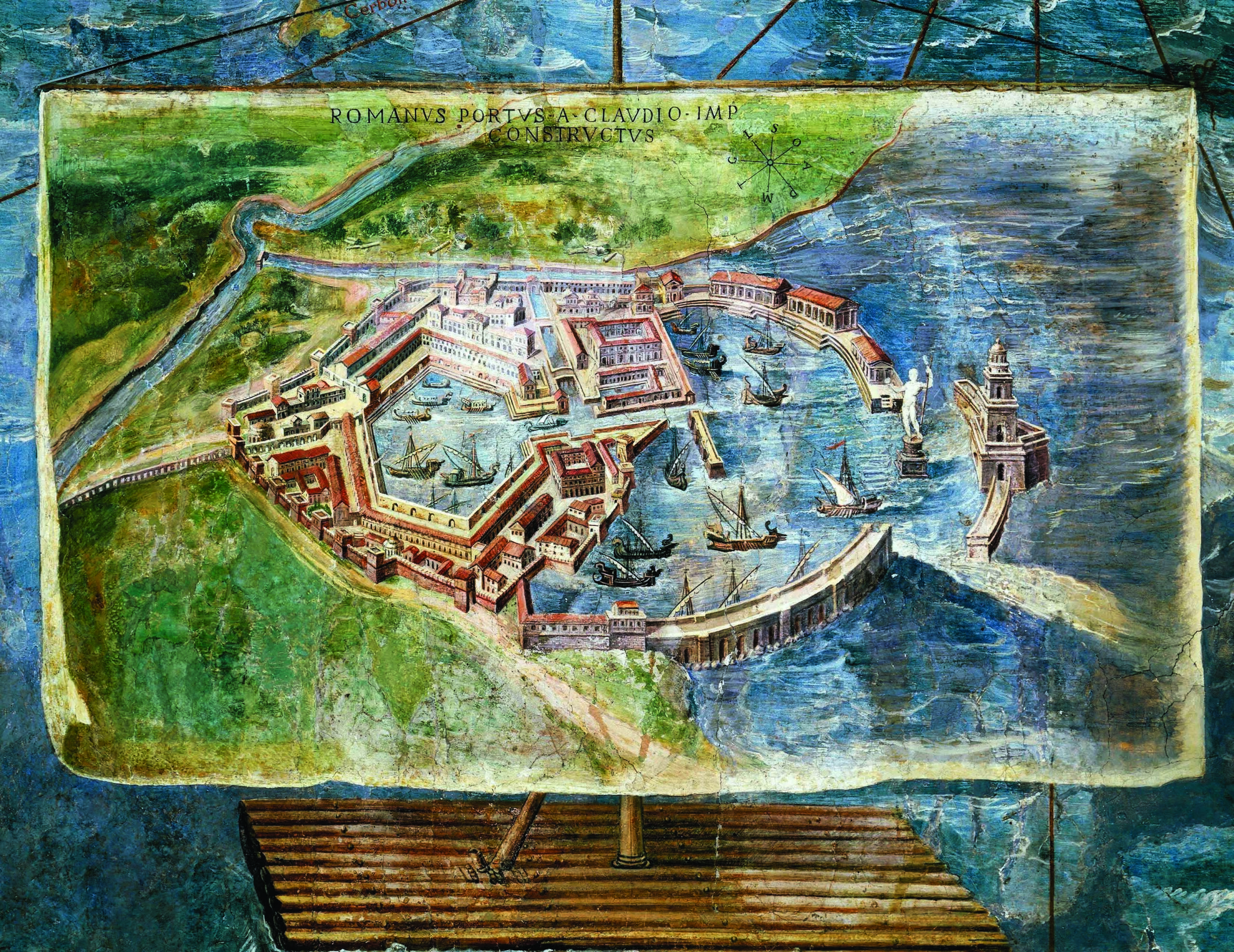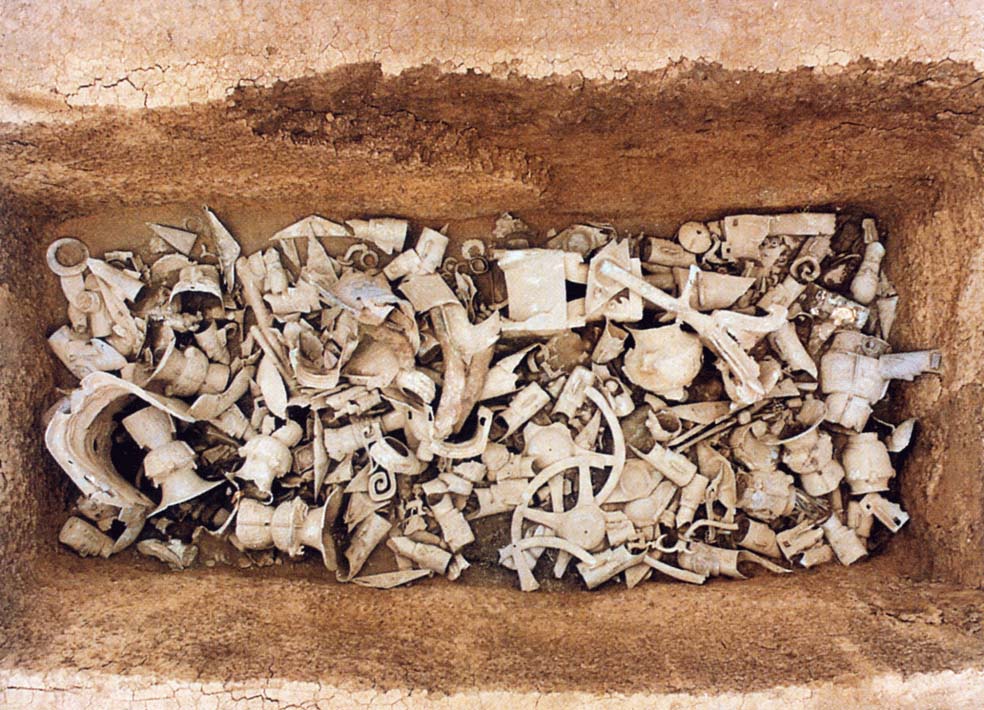
STONY BROOK, NEW YORK—Stone tools from northern Kenya have been dated to 3.3 million years ago, making them 700,000 years older than Oldowan artifacts. Louise Leakey and her team at the Turkana Basin Institute (TBI) created 3-D laser scans of the Lomekwi 3 tools to reveal very fine details on their surfaces. “The tools are much larger than later Oldowan tools, and we can see from the scars left on them when they were being made that the techniques used were more rudimentary, requiring holding the stone in two hands or resting the stone on an anvil when hitting it with a hammerstone,” Sonia Harmand of TBI, Stony Brook University, and the West Turkana Archaeological Project (WTAP) said in Stony Brook University Happenings. Harmand and her colleague Jason Lewis discovered the site while looking for early stone tools in a dry riverbed along the western shore of Lake Turkana. Yet no hominin fossils or cut-marked bones have been found at the site, so the team isn’t sure who made the tools or how they were used. “Many have expected the threshold of stone tool-making to be pushed back in time, but the Lomekwi excavations really do represent a major advance in our understanding,” commented Richard Leakey, chair of TBI. For another recent discovery, see "Neanderthal Tool Time."










